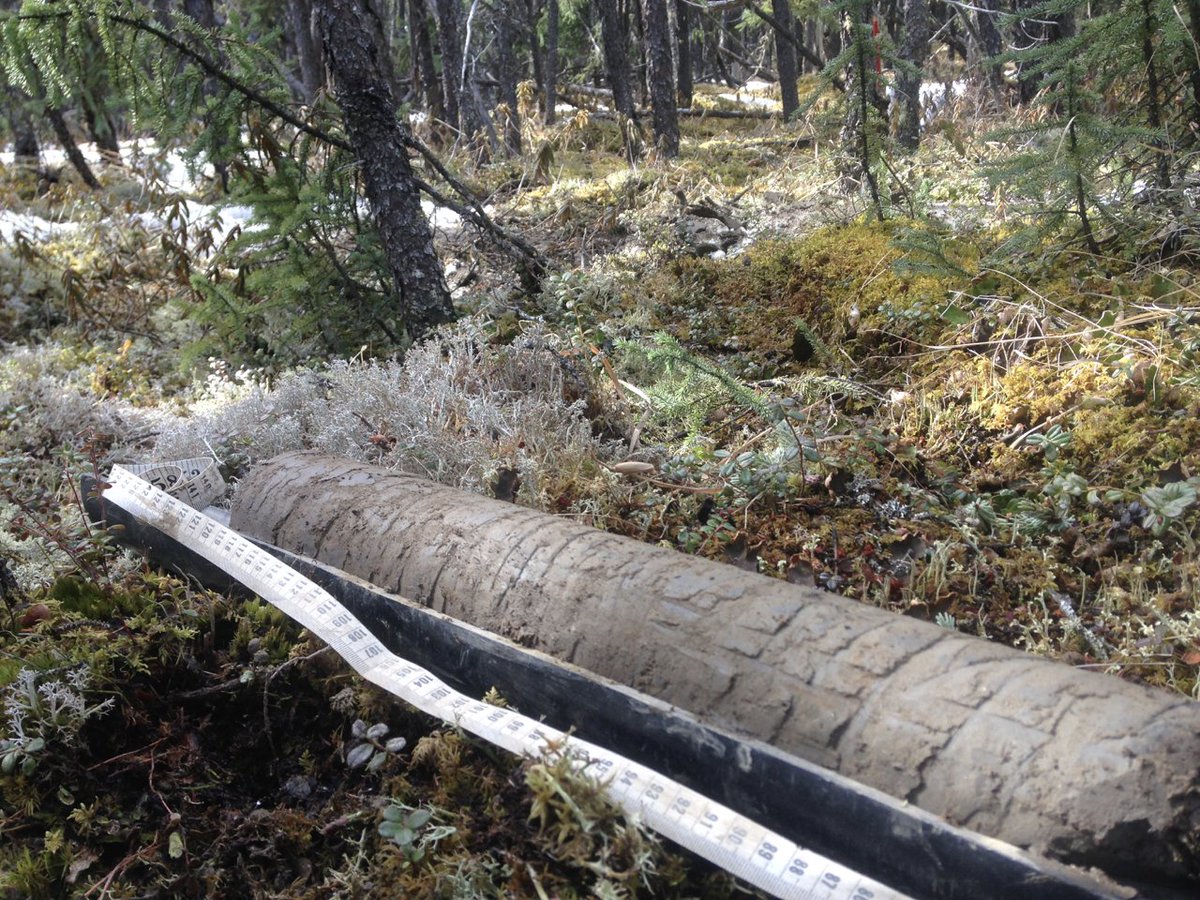Several people contacted me w/ questions about numbers from @NOAA's Arctic Report Card, so I promised a cheat sheet. "Cool" fact 1: permafrost stores ~1600 Pg (billion metric tons) C, ~2x as much as the atmosphere! This includes 0-3 meters of permafrost + deeper Yedoma/deltas. 1/
@NOAA The Arctic used to be considered a net sink of C. But new research shows that these regions are losing more C as both CO2 & CH4 in the fall/winter than previously expected. Recent studies by @NASA @PermafrostCN show net losses from 0.3-0.6 Pg C/yr. @roseAtmos @ArcticPermafrst 2/
@NOAA @NASA @PermafrostCN @roseAtmos @ArcticPermafrst Coverage of the NOAA report by the @washingtonpost includes this new focus on cold season losses, reporting losses of 1.1 to 2.2 Pg (or billion tons) of CO2/yr. Note the unit change to CO2 instead of just C. 3/
washingtonpost.com/weather/2019/1…
washingtonpost.com/weather/2019/1…
@NOAA @NASA @PermafrostCN @roseAtmos @ArcticPermafrst @washingtonpost I think this unit change was a source of confusion for some in the public. And guess what? Climate scientists also often get tripped up over conversions, such as CO2 versus C-CO2. Calling all scientists- what is the most confusing unit or conversion issue in your field? 4/
@NOAA @NASA @PermafrostCN @roseAtmos @ArcticPermafrst @washingtonpost The permafrost story of the Arctic Report Card was written by @tedschuur of my beloved @PermafrostCN. 5/
arctic.noaa.gov/Report-Card/Re…
arctic.noaa.gov/Report-Card/Re…
@NOAA @NASA @PermafrostCN @roseAtmos @ArcticPermafrst @washingtonpost @tedschuur But perhaps more interesting is what this story does NOT contain. In 2019 northern regions on multiple continents burned. While combustion affects C in the seasonally thawed layer, post-fire warming also triggers permafrost thaw. @CarolynG_22 6/
nature.com/articles/s4146…
nature.com/articles/s4146…
@NOAA @NASA @PermafrostCN @roseAtmos @ArcticPermafrst @washingtonpost @tedschuur @CarolynG_22 Also not featured intensively in the Arctic Report Card is the effect of thermokarst, which increases permafrost C release as CO2 and CH4. There has been a lot of research on CH4 release from thaw lakes, but we looked across all abrupt thaw types here. nature.com/articles/d4158… 7/
@NOAA @NASA @PermafrostCN @roseAtmos @ArcticPermafrst @washingtonpost @tedschuur @CarolynG_22 That's it for my @NOAA Arctic Report Card cheat sheet on permafrost C estimates. I hope this clarifies some things, but I'm sure questions linger. Feel free to send them my way, and if I don't know the answer I will loop other experts in. Thanks for reading! 8/8
• • •
Missing some Tweet in this thread? You can try to
force a refresh










